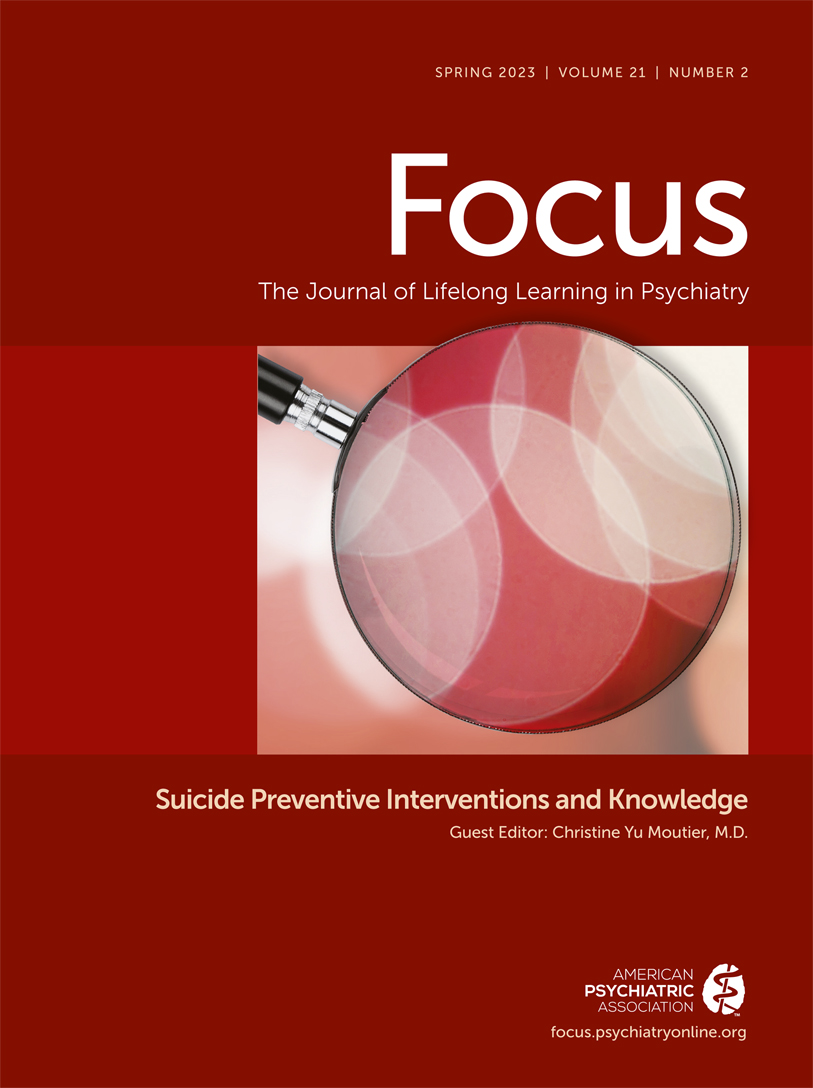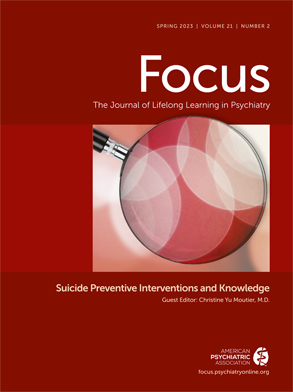Pharmacological and Somatic Treatment Effects on Suicide in Adults: A Systematic Review and Meta-Analysis
Abstract
Background:
Methods:
Results:
Conclusion:
INTRODUCTION
METHODS
Search Strategy
Inclusion and Exclusion Criteria
Data Extraction
Analysis
RESULTS
Lithium
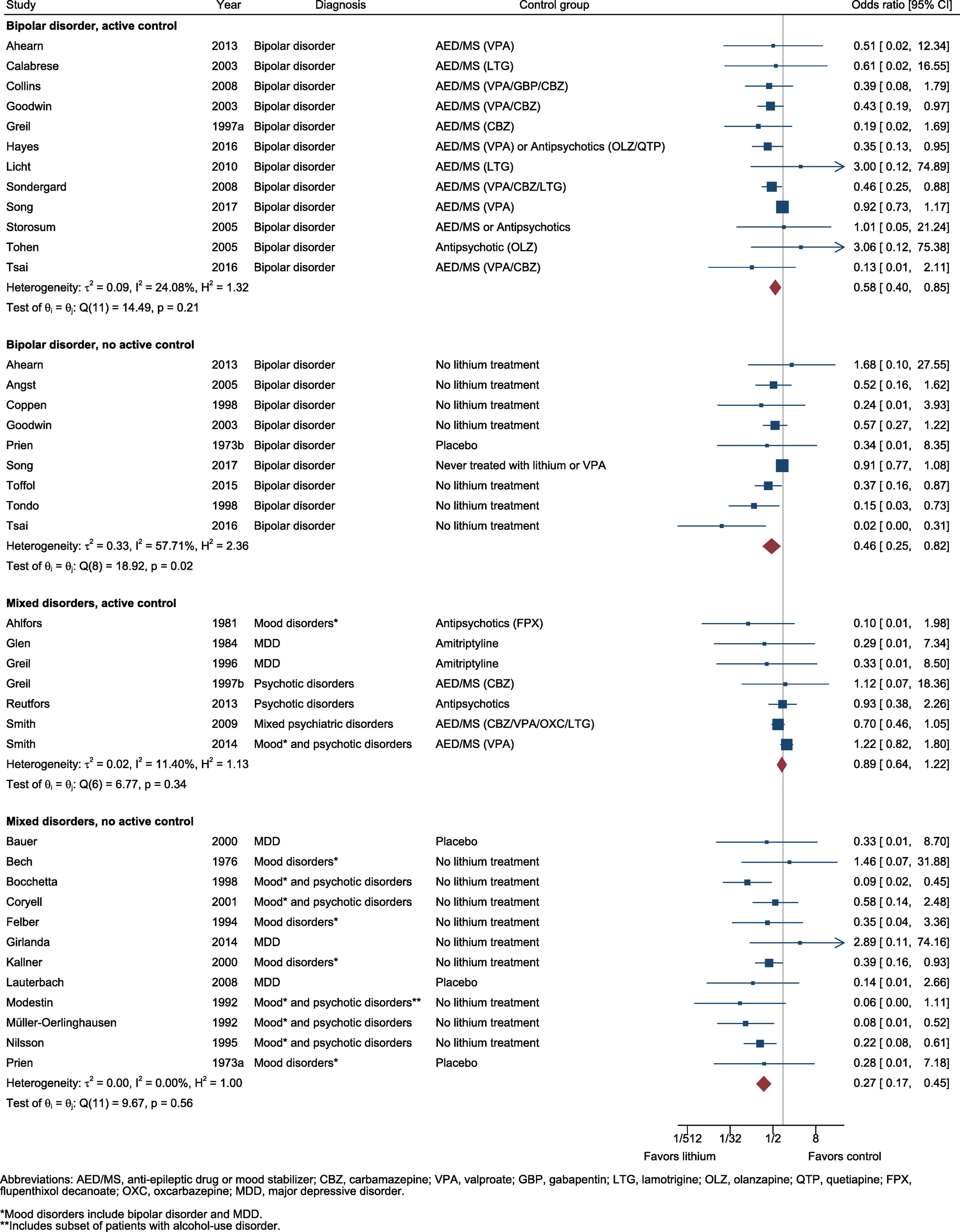
Clozapine

Electroconvulsive Therapy
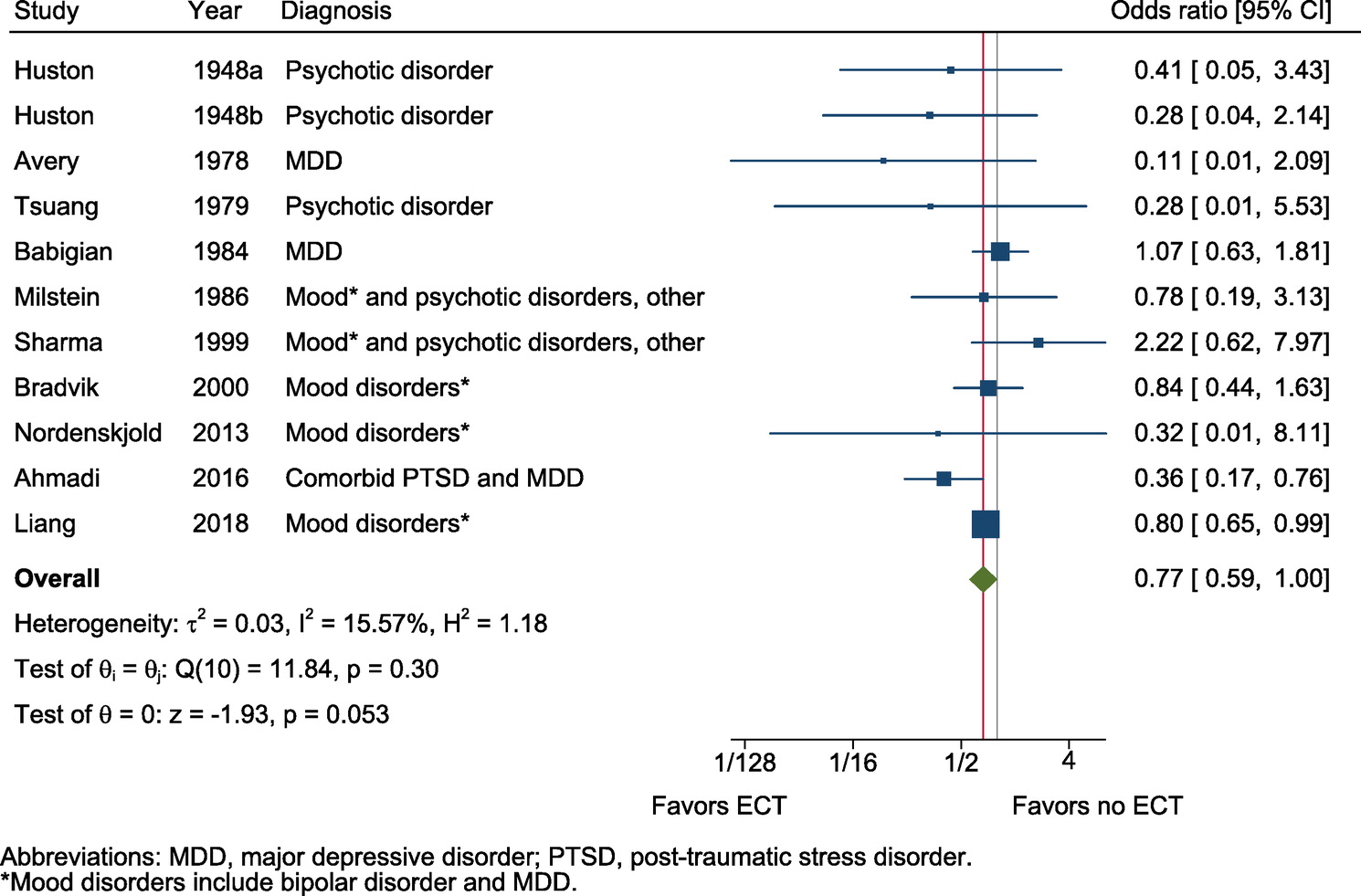
Antipsychotics (Excluding Clozapine)
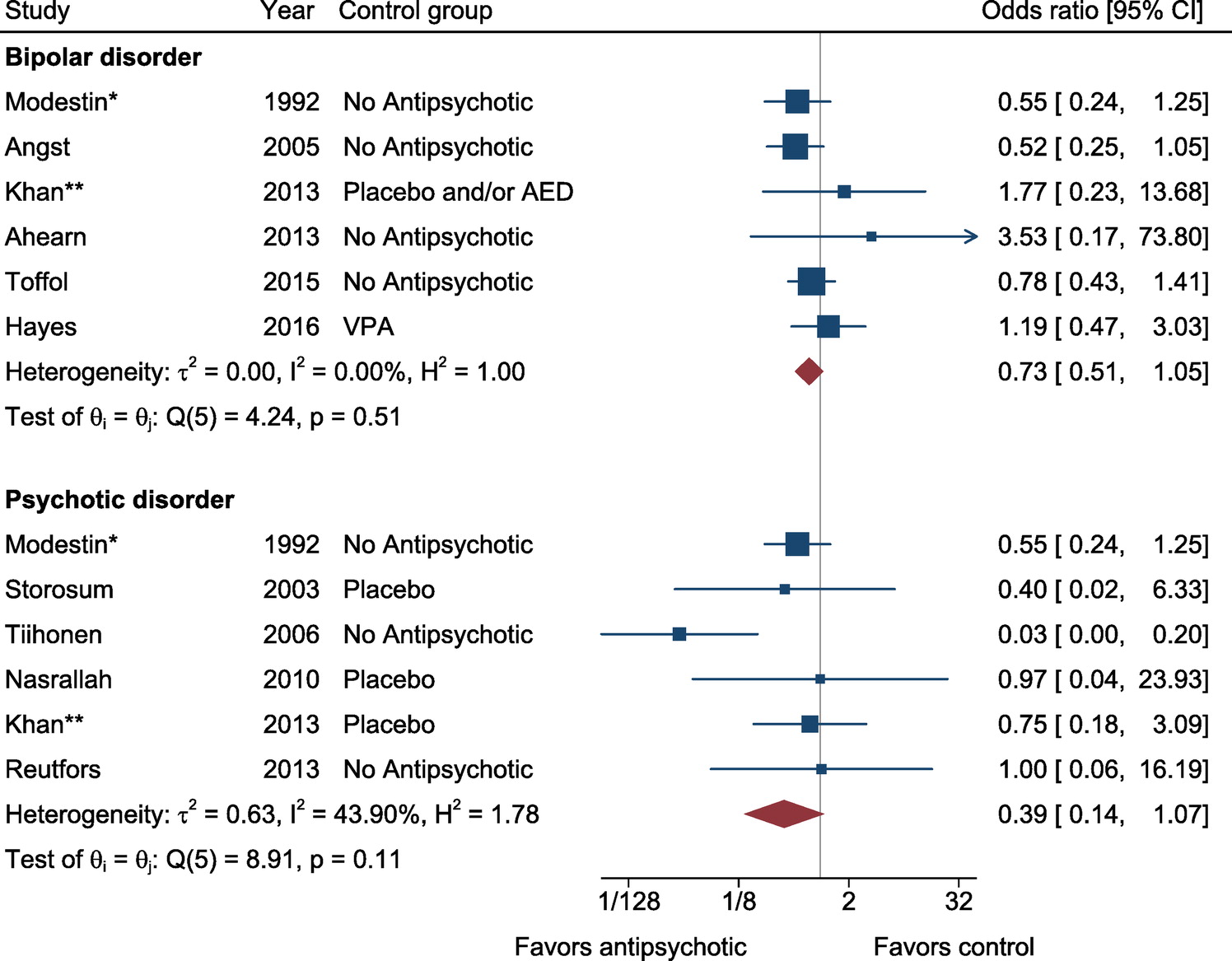
Antiepileptic Mood Stabilizers

Other Somatic Therapies
DISCUSSION
Lithium
Clozapine
Molecular Mechanisms
Electroconvulsive Therapy
Need for Improvement in the Implementation of Protective Therapies
Implications for Clinical Practice
Limitations
Conclusions
Acknowledgments
Footnotes
Supplementary Material
- View/Download
- 96.40 KB
- View/Download
- 94.69 KB
- View/Download
- 85.73 KB
- View/Download
- 84.83 KB
- View/Download
- 87.48 KB
- View/Download
- 84.77 KB
- View/Download
- 208.22 KB
- View/Download
- 166.27 KB
- View/Download
- 166.27 KB
REFERENCES
Information & Authors
Information
Published In
History
Keywords
Authors
Competing Interests
Funding Information
Metrics & Citations
Metrics
Citations
Export Citations
If you have the appropriate software installed, you can download article citation data to the citation manager of your choice. Simply select your manager software from the list below and click Download.
For more information or tips please see 'Downloading to a citation manager' in the Help menu.
View Options
View options
PDF/EPUB
View PDF/EPUBLogin options
Already a subscriber? Access your subscription through your login credentials or your institution for full access to this article.
Personal login Institutional Login Open Athens loginNot a subscriber?
PsychiatryOnline subscription options offer access to the DSM-5-TR® library, books, journals, CME, and patient resources. This all-in-one virtual library provides psychiatrists and mental health professionals with key resources for diagnosis, treatment, research, and professional development.
Need more help? PsychiatryOnline Customer Service may be reached by emailing PsychiatryOnline@psych.org or by calling 800-368-5777 (in the U.S.) or 703-907-7322 (outside the U.S.).
